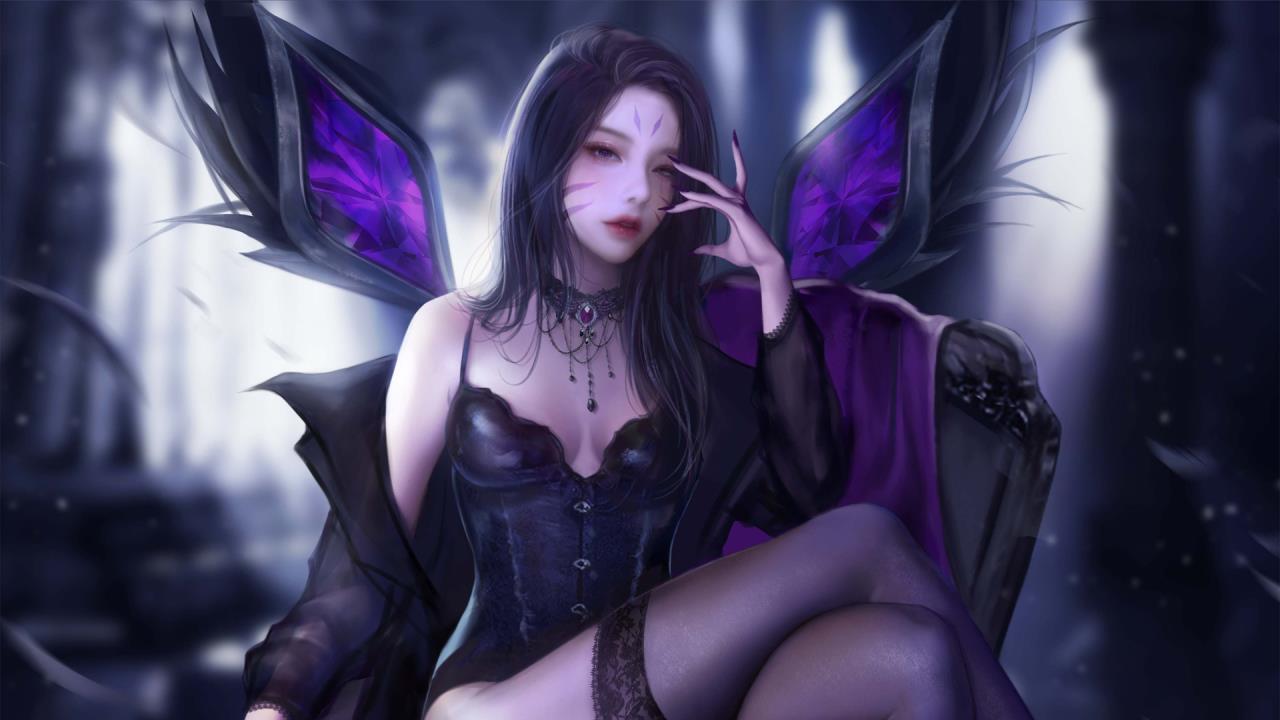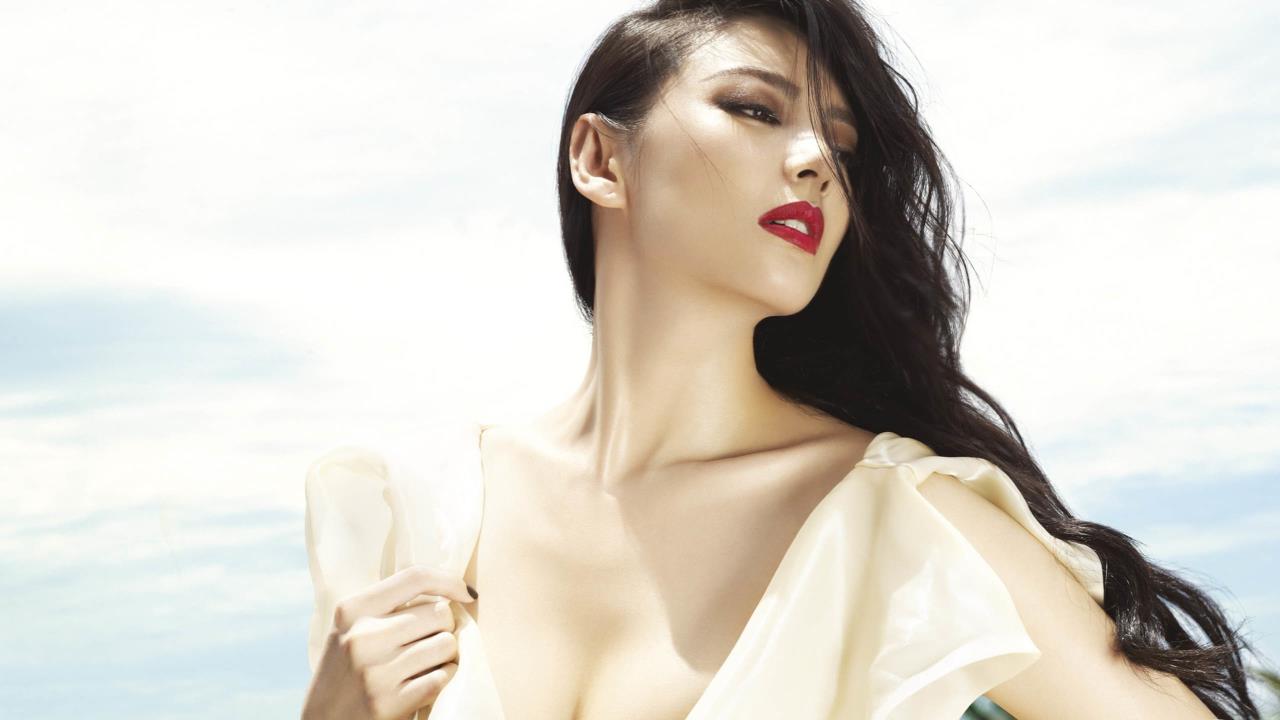西方37大但人文艺术英文: A Critical Examination of the Core Texts
A Critical Examination of the Core Texts of Western 37 Major Humanistic Arts
Western humanistic arts, encompassing literature, philosophy, visual arts, and music, represent a rich tapestry of human experience and intellectual inquiry. Examining these core texts reveals recurring themes, evolving perspectives, and the enduring influence of these artistic expressions. This examination is not exhaustive but aims to highlight key facets within this vast and diverse field.

The classical foundations, particularly those of ancient Greece and Rome, lay the groundwork for much of Western thought. Homers epic poems, the Iliad and the Odyssey, present narratives of heroism, fate, and the complexities of human nature. Philosophers like Plato and Aristotle grapple with fundamental questions of knowledge, ethics, and politics. Their dialogues and treatises, including Platos Republic and Aristotles Nicomachean Ethics, continue to shape contemporary debates about justice, virtue, and the ideal society.
The Renaissance witnessed a resurgence of classical learning and a flourishing of artistic innovation. Works by figures like Leonardo da Vinci and Michelangelo, exemplified by da Vincis Mona Lisa and Michelangelos David, demonstrate the beauty and grandeur of the human form, while their notebooks reveal a profound understanding of anatomy and the natural world. Shakespeares plays, such as Hamlet and Macbeth, delve into the human psyche, exploring themes of ambition, morality, and the tragic consequences of flawed choices. These works, with their profound insights and artistic mastery, are central to the canon of Western humanistic arts.
The Enlightenment brought about a shift in philosophical emphasis, emphasizing reason and individual rights. Voltaires satirical writings and Montesquieus Spirit of the Laws championed intellectual freedom and challenged traditional authorities. The Romantic movement, in contrast, prioritized emotion, intuition, and individual experience. The poetry of William Wordsworth and the novels of Jane Austen illustrate this shift, capturing the complexities of the human spirit and the nuances of social life.
The 20th century saw further evolutions and innovations in artistic expression. Modernist movements like Surrealism and Abstract Expressionism pushed the boundaries of representation and explored the subconscious. Authors like Virginia Woolf and Franz Kafka experimented with narrative structure and explored the inner lives of their characters, revealing the fractured nature of modern consciousness. The development of film, a uniquely 20th-century art form, further expanded the possibilities for storytelling and emotional expression.
A critical examination of these texts, across different periods and artistic mediums, reveals a consistent thread of human concern. The exploration of identity, morality, the search for meaning, and the pursuit of knowledge are woven throughout the core texts. This study underscores the enduring relevance of Western humanistic arts, offering insights into the human condition that continue to resonate with contemporary audiences. Understanding these artistic expressions not only enriches our appreciation for the past but also illuminates the present and anticipates the future. The evolution of these texts continues to be a source of ongoing debate and discussion. The interpretation and application of these ideas often depend on the context and perspectives of the interpreter. This nuanced understanding is vital to appreciate the full scope of Western humanistic arts.







